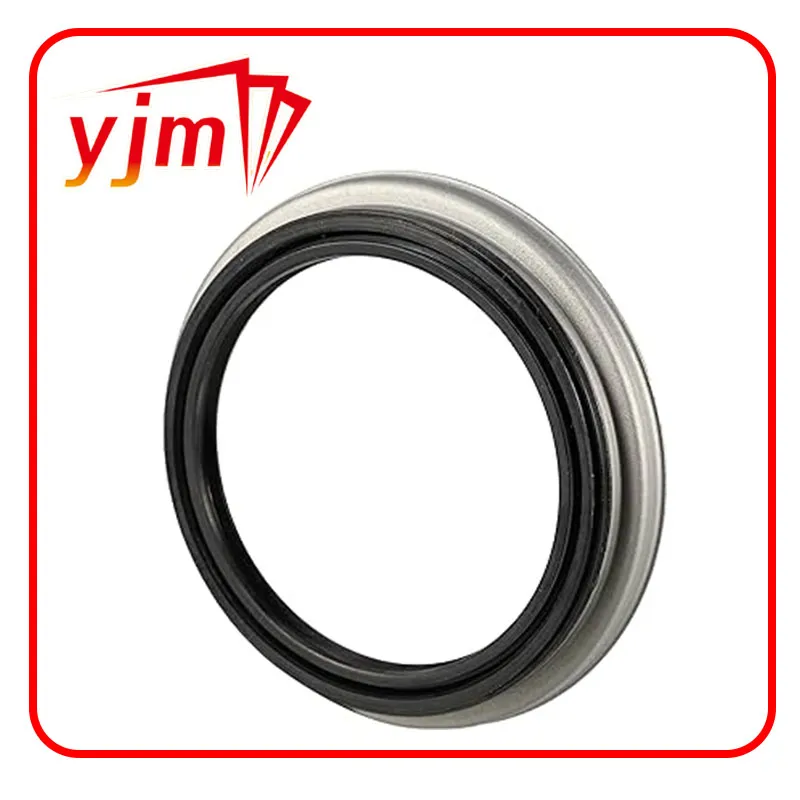Rear Differential Output Seal Replacement Tips and Maintenance Guide for Optimal Performance
Understanding Rear Differential Output Seal
The rear differential output seal is a crucial component in the drivetrain of many vehicles, particularly those equipped with rear-wheel drive or all-wheel drive configurations. This seal serves an important function in maintaining the integrity of the differential, which is responsible for distributing power from the engine to the wheels. Understanding the role and significance of the rear differential output seal can help vehicle owners appreciate its importance and recognize when it may need attention.
What is the Rear Differential Output Seal?
The rear differential output seal is a rubber or synthetic material gasket that is positioned at the junction where the driveshaft connects to the differential. Its primary purpose is to prevent differential fluid from leaking out of the differential housing while also keeping dirt, water, and other contaminants from entering. In essence, the output seal acts as a barrier that maintains the necessary lubrication inside the differential, ensuring smooth operation and preventing wear and tear.
Importance of the Differential
The differential itself is a sophisticated mechanism that allows for the independent rotation of wheels on the same axle. This is particularly important when a vehicle turns; the outside wheel must rotate faster than the inside wheel to effectively navigate the curve. The differential fluid lubricates the gears and bearings within the system, reducing friction and heat, which are detrimental to performance and longevity.
Signs of a Failing Rear Differential Output Seal
Over time, the rear differential output seal can wear out due to exposure to heat, pressure, and impurities. Identifying a failing seal early can prevent more significant issues, including damage to the differential itself. Here are some common signs that the rear differential output seal may need to be replaced
rear differential output seal

1. Fluid Leaks The most obvious sign of a failing seal is the presence of differential fluid leaks. If you notice oil spots under your vehicle, especially near the rear axle, it’s likely that the output seal is compromised.
2. Whining or Grinding Noise Increased friction from low fluid levels can lead to whining or grinding noises, especially during sharp turns. If you hear these sounds, it’s crucial to inspect the differential and the output seal.
3. Overheating A malfunctioning seal can lead to insufficient lubrication, causing the differential to overheat. This may result in a warning light on the dashboard or a noticeable change in driving performance.
Replacement and Maintenance
If you suspect that your rear differential output seal is leaking, it’s advisable to consult a professional mechanic. Replacing a seal typically involves removing the driveshaft and may require specialized tools and knowledge. Regular maintenance of your vehicle’s differential fluid levels can also help extend the life of the output seal.
Conclusion
The rear differential output seal may seem like a minor component, but it plays a significant role in the overall performance and longevity of your vehicle's drivetrain system. Regular inspections and timely replacements can save vehicle owners from more extensive damage and costly repairs. By understanding the function and importance of this seal, drivers can take proactive steps to ensure their vehicles remain reliable and safe on the road. Always remember that a well-maintained vehicle not only enhances performance but also contributes to the safety of its occupants.
-
The Ultimate Guide to Boat Propeller Bearings and Trailer Wheel Bearings
News Jul.31,2025
-
The Essential Guide to Marine Bearings and Boat Trailer Wheel Bearings
News Jul.31,2025
-
The Complete Guide to Heavy Duty Seals: Protecting Doors and Spaces Efficiently
News Jul.31,2025
-
Essential Guide to Marine Shaft Bearings and Boat Trailer Axle Bearings
News Jul.31,2025
-
Comprehensive Guide to Marine and Trailer Bearings for Safe Boating and Transport
News Jul.31,2025
-
Comprehensive Guide to Automotive Oil Seals: Protecting Your Engine and Shafts
News Jul.31,2025
-
Understanding Automotive Oil Seals: Essential Components for Engine and Shaft Protection
News Jul.30,2025
Products categories















